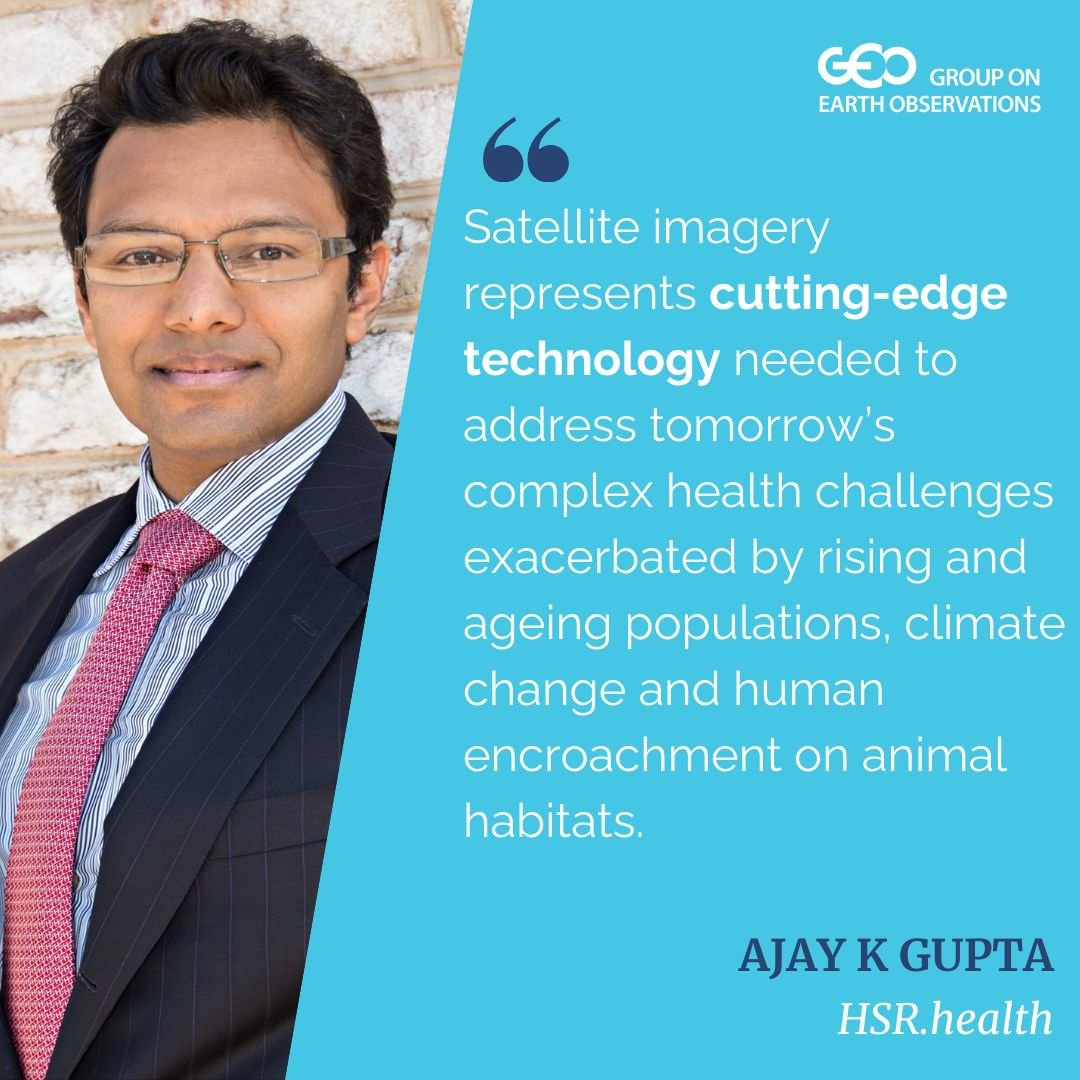Health Care Infrastructure Work Group
Leads: Andreas Skouloudis (iSteep.org) and Ajay K. Gupta (HSR.health)
Nairobi is a prime example of urban migration, with its population pushing upward and its boundaries pushing outward. Credit: NASA Earth Observatory
This Work Group seeks to develop an informational resource with Earth observation data that can help decision-makers assess the vulnerability and adequacy of health care infrastructures to local environmental stressors and regional extreme catastrophes.
Primary Goals
To work collaboratively to explore three areas:
Develop a partnership with UN agencies (WHO, UNISDR, UNEP) and governmental agencies (Australia, Canada, China, European Union, India, United Kingdom, United States) that share an interest in better identifying health care facilities at risk from environmental stressors and extreme weather events. These partnerships may include existing efforts, like the WHO/PAHO SMART Hospital program, potential US military and other United States’ health care organizations, and the European Union.
Integrate Earth observation datasets in order to develop an informational resource that can assess the vulnerability of health care infrastructures to local environmental stressors, and hence examine the adequacy of health care facilities during seasonal loads and local population needs.
Develop methods to assess the adequacy of these infrastructures under regional extreme catastrophes raising demand for acute hospitalizations or during long-term chronic events as was recently the COVID-19 pandemic. With implications for real-time operations and long-term health adaptation planning, we can identify areas where additional humanitarian facilities will be necessary or neighboring health care facilities that might be able to assist in the relief of these extreme events and to assess the capacities of relief efforts.



